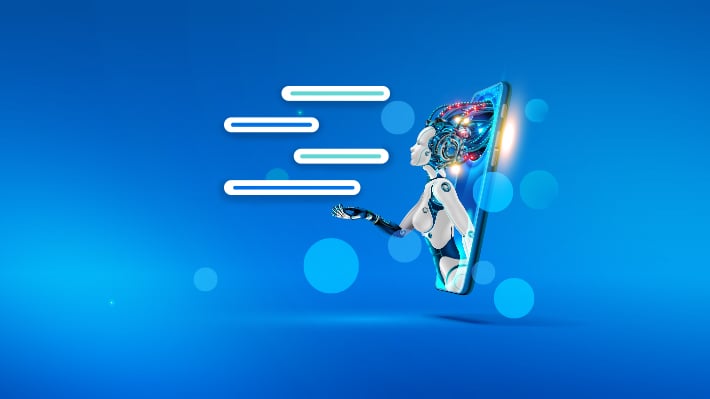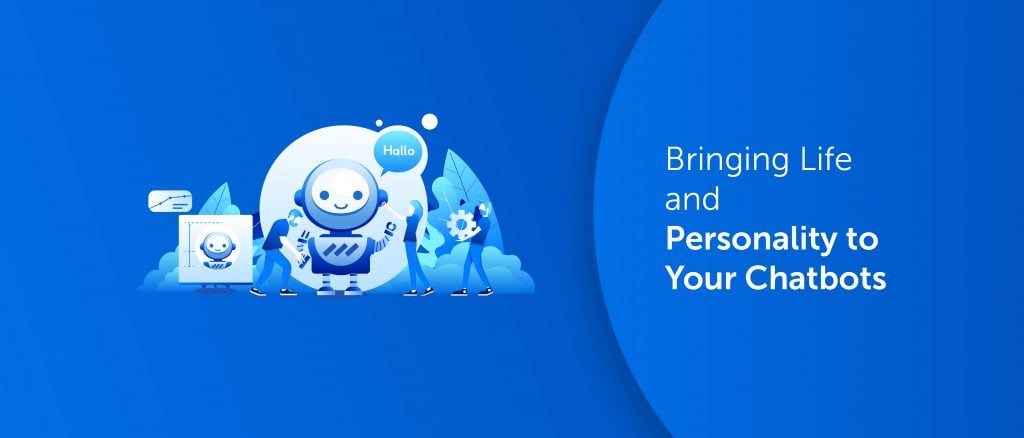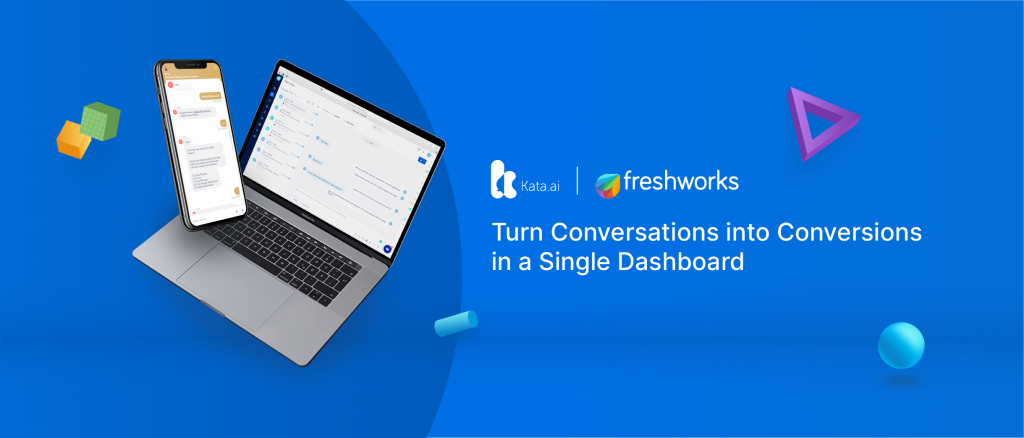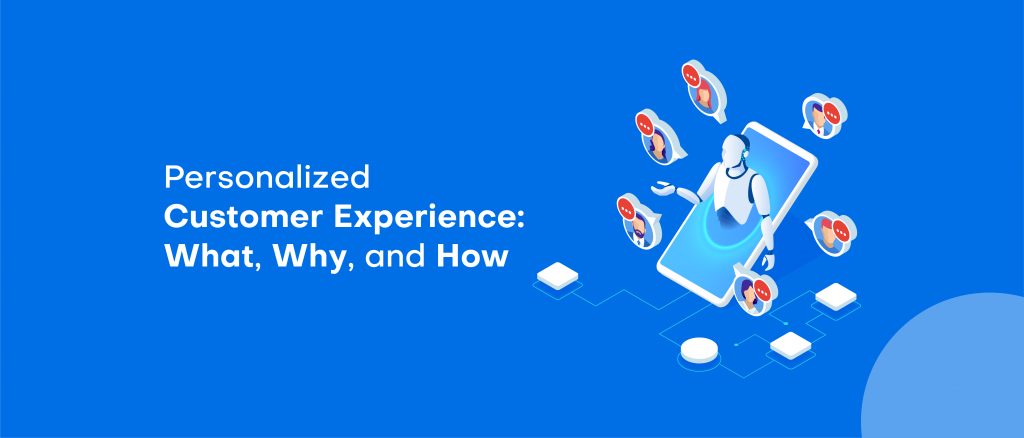Chatbot implementation has been constantly expanding to cover a variety of use cases. One of the latest trends in the use of smart chatbots to improve customer service and offer a better experience than your competitors. Furthermore, you can use a chatbot as your brand representative. It also can be an initial touch-point between your company and user, that is why you need to make sure your chatbot as sharp as possible, helpful, and relevant. To do so, you have to train and test your chatbot.
It’s also worth noting that chatbot training is an ongoing process that doesn’t end after your chatbot launch. To always keep up with the user needs, you have to improve your chatbot constantly. Let’s take a look at these five hacks below. So you can utilize chatbot to improve customer services and provide a far better experience than what humans alone can offer.

1. Determine the target persona
You need to know your chatbot users to build relevant flows, a tone of voice, and vocabulary. Starting by analyzing customer data that you already have. After you have figured out your target persona, you need to understand the main users’ requests. This will help you to know what are the most popular issues which your chatbot needs to handle. At this stage you don’t have to be specific, try to define the main types of problems your customers have.
2. Categorize users requests
The next thing you need to do is to define a few of the main users’ requests and intents. To do so, create some categories, that will contain different customers’ requests on the same topic. For example, most questions from users are about delivery time. You can group these requests like “when will you deliver my order?” or “when I will receive my order?” into one category “delivery info”.
3. Create a dataset
When you already created categories with the main requests, you’ll need to prepare a dataset to train the chatbot — meaning that you need to input more examples of what the users can say so the chatbot has a higher chance of understanding what people are saying. In this case, you need to write as many ways of saying the same thing as possible for the dataset. The more requests users collect, the more data you will have to train your bot and the more prepared for real interaction it will be.

4. Let users test your chatbot
The best way to test your chatbot is to have a conversation with it, and pay attention to some things like conversation flow, user experience, accuracy, response speed, and fallbacks — the ability of a chatbot to controls the conversation flow by showing a general message when the bot cannot match the user query with any of the interaction. Moreover, when you test the conversation flow, you will know how your chatbot interacts with users to take action. You can involve your real customers in the beta testing of the chatbot, another option is to use crowd testing, some sites help connect with real testers.
5. Keep Improving
Once your chatbot launched, don’t forget that you always need to improve your chatbot and analyze its interactions with users. Find the areas your chatbot is having trouble with, and fix them. Last but not least, track how your chatbot is operating by connecting it with analytics. The aim of this part is to improve the structure of the flow based on statistics and users’ feedback.
Hopefully, these five hacks will let you have some idea of how to train your chatbots to become smarter. Also, you can operate your chatbot in innovative ways to improve the customer service experience. If you want to ask further questions do not hesitate to drop them in the comment section below.


















